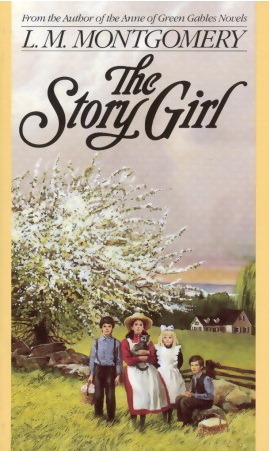
Growing up, my older sister and mother exposed me to really good children’s books, and I fell in love with some of them. Case in point: Lucy Maud Montgomery’s Anne of Green Gables series. That spirited redhead stole my heart the moment my eyes clapped on the first page. It was the same for the next eight books of the series.
I was looking for Frances Hodgson Burnett’s A Little Princess when I saw this book. And literally, I forgot about the book I was supposed to buy, and bought The Story Girl instead.
And it was totally worth it.
Mythology, fairy tales, village anecdotes, treasured family history were the repertoire of Sara Stanley’s stories. While being the titular character, she is not the only central character. It is her, her cousins and her friends, that merry band of children having various adventures–canvassing for collections for a school library, buying a picture of God, whom Sara declared, looked like a cross old man. There’s also the chapter of the ghostly bell, which terrified the children and amused an uncle.
The Story Girl also tackles other issues–vanity, friendship, illness, and religion.
In writing this book, Montgomery used the first-person narrative, in the person of Beverley King, reminiscing his boyhood in a fictional village in Prince Edward Island, Canada.
Beverley travels to Carlisle, Prince Edward Island, with his younger brother Felix, after their father has been assigned by his firm to take charge of a new branch in Brazil. Without a mother to help look after them, the boys were sent to live with their father’s family.
Except from accounts in family letters, the boys set off to Prince Edward Island, not knowing what to expect. And from that, the boys take the reader into that same journey.
It was a delightful one indeed.
The Story Girl is available in paperback or in Kindle format. A free version is available here too.

